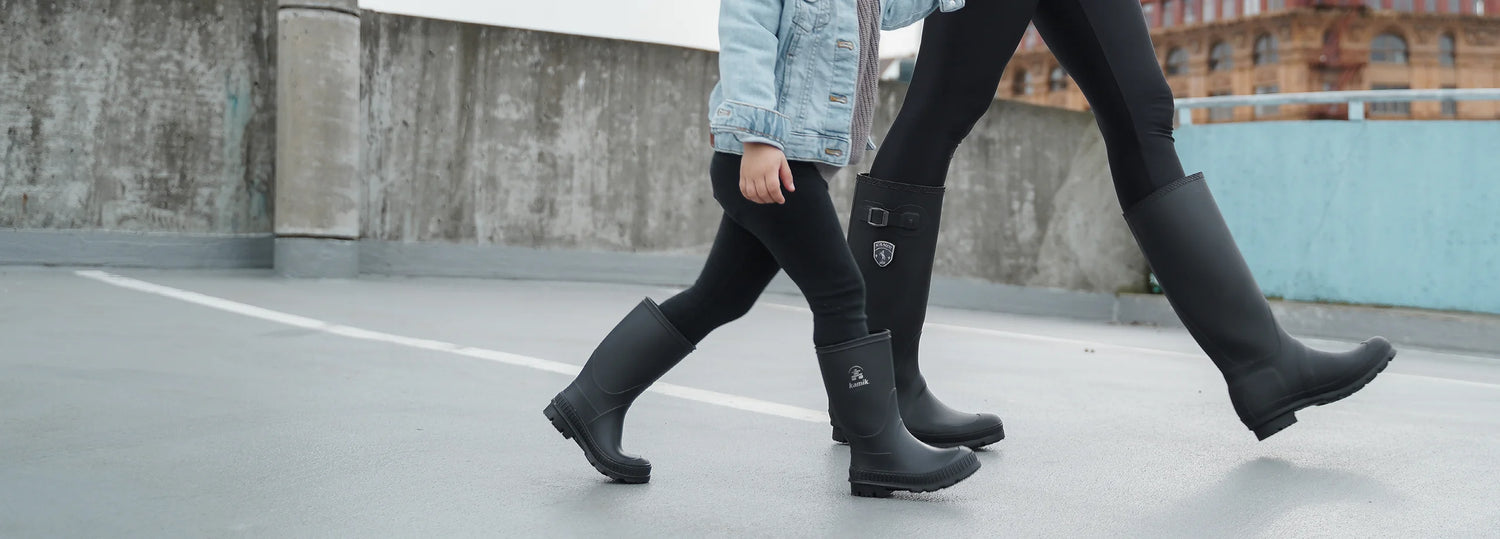The Lion and the Mouse is a Quebec-based community organization whose mission is to advocate for, create, and foster spaces for child-led play. It organizes playwork- and forest school–inspired activities in urban settings for every season. In this first article, the organization discusses risky free play and the importance of respecting limits.
No matter where we are—whether it’s in the middle of leading an activity or holding a workshop on free play—we always get questions about the best way to supervise risky play. It’s a hot topic among parents and educators, and for good reason.
Risky play is defined as thrilling or exciting forms of play that involve the risk of serious injury.
According to Ellen Sandseter, there are six categories of risky play: play with great heights (e.g., climbing), play with high speed (e.g., going down a slide), play with harmful tools (e.g., saws or ropes), play near dangerous elements (e.g., deep or icy water), rough-and-tumble play (e.g., fighting), and play where the children can “disappear” or get lost (e.g., playing or exploring on their own).
There’s no one right way to supervise risky play, mainly because what counts as “risky” depends on the child. Canadian researcher Dr. Mariana Brussoni, an expert on risky play, writes that “children need to be given the mental and physical space to figure out appropriate risk levels for themselves: far enough that it feels exhilarating, but not so far that it becomes too scary.”
It’s important not to rush things, but rather to help children gradually learn to manage risk on their own. Here are a few tips on how to keep children safe while still giving them opportunities to engage in risky play.
-
Avoid saying “No” or “Be careful!”
Risky play requires a lot of communication between adult and child, and choosing your words carefully is paramount. If you’re nervous about an activity being too dangerous, fight the urge to say “No” or “Be careful,” which won’t help your child understand your line of thinking. A far more effective approach is to ask questions that get children thinking about the risks involved in their activities.
For example, if a child climbing a tree seems to have gotten distracted or to be climbing a little too high, try steering away from phrases such as “Be careful” or “No, you have to come back down” and asking questions instead: Do you feel safe? Are you watching where you put your feet? Shouldn't you be keeping three points of contact with the tree? Are sure you’ll be able to climb down on your own if you keep going? Is that branch strong enough to support you?
-
Respect your own limits
Everyone has their off days. There will be times when you’re just not up to the task of keeping watch as your child climbs a tree or embarks on some other risky activity. We all have our strengths and limitations, and it’s important to respect them.
For example, if your child wants to play with potentially dangerous tools, but you don’t have the energy to supervise, simply explain how you’re feeling: “You need to have an adult with you during this activity, but I’m not feeling up to it today. We can do it some other time when I’m not so tired. If you feel like making something, how about building a tire fort or making mud pies?”
-
Make time and space for play
Not having the time or space to think can leave you feeling rushed, which is when accidents are most likely to occur. Avoid preventable mishaps by giving play the time and space it needs!
Risky play is more than just an exciting activity.
Research shows that it not only makes kids more active, but provides an opportunity to develop their social skills, become better at managing risk, learn resilience, and build self-confidence. What’s more, children who lack opportunities to explore risky play can end up with anxiety issues or unhealthy sedentary habits.
That said, it’s perfectly normal for parents and educators not to know where to begin. We would all like nothing more than to see kids experiment with risky play and learn to manage risk without ever actually being in harm’s way.
That’s why respecting both our own limits and children’s limits is so important. It’s also essential to avoid being too strict or, conversely, pushing kids to take risks they aren’t ready to take.
As an organization that works with hundreds of kids, we’ve established our own rules for risky play. The children we work with understand what’s expected of them during any given activity involving risky play, such as playing with sticks. If they’re not focused enough to play by the rules, we explain that they’re not ready and suggest doing another activity instead.
Over time, you, too, will figure out what rules work best for keeping your child safe!
Sources:
Mariana Brussoni, “Why kids need fear, risk and excitement in play,” The Conversation (1 août 2017).


